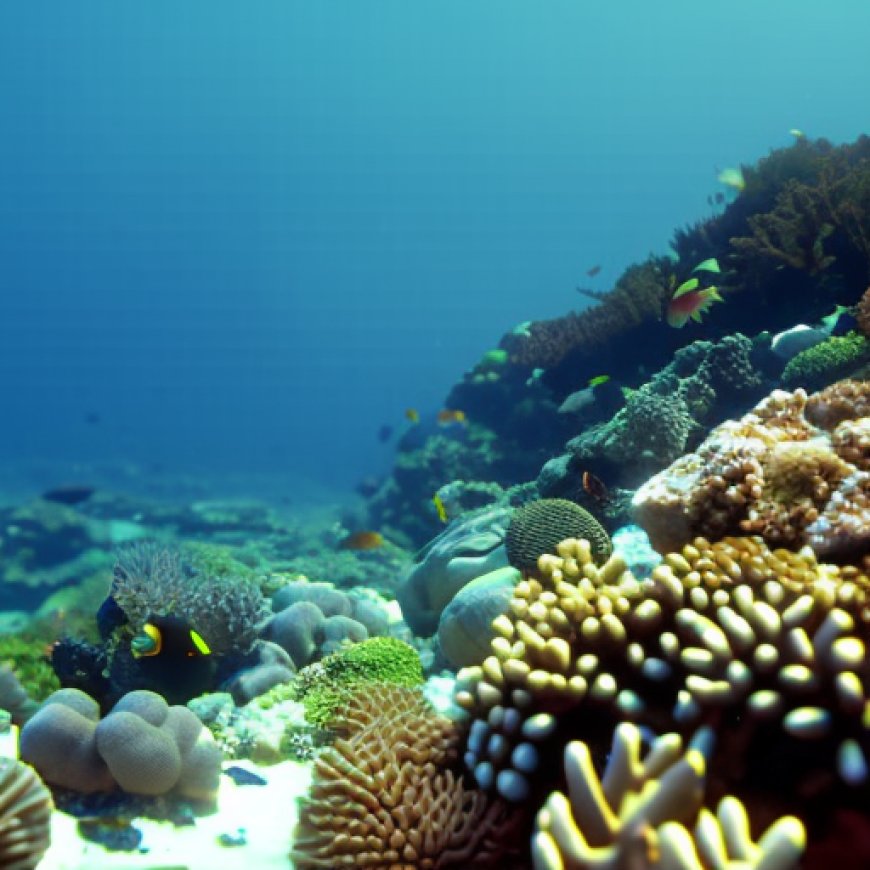‘Forever chemicals’ are getting into ocean ecosystems, where marine life dine – we traced their origins
Tracing the origin of forever chemicals into Biscayne Bay WLRN


PFAS Contamination in Biscayne Bay: Tracing the Origins and Implications
PFAS, also known as “forever chemicals,” have raised health concerns nationwide. These chemicals are not only a problem in drinking water but also in various environmental sources such as failing septic systems, landfills, airport runways, and farm fields. As they leach out from these sources, PFAS can make their way into streams that eventually discharge into ocean ecosystems, posing risks to marine species like fish, dolphins, manatees, and sharks.
As environmental analytical chemists at Florida International University’s Institute of the Environment, we study the risks associated with these persistent pollutants in coastal environments. The presence of PFAS in marine plants and animals, including fish consumed by humans, has significant ecological and human health implications.
The Problem with PFAS
PFAS, or perfluoroalkyl and polyfluoroalkyl substances, are human-made contaminants that have been used for over 50 years. They are present in personal care products, water-repellent coatings, adhesives, firefighting foams, and other consumer goods. Over time, these PFAS-containing products have entered the environment through drains and landfills, leading to widespread contamination.
Tracing PFAS Contamination in Biscayne Bay
In a recent study conducted by our team, we aimed to trace the origins of PFAS contamination in Miami’s Biscayne Bay to identify strategies for reducing harm. We found hot spots of PFAS around the exits of urban canals, particularly the Miami River, Little River, and Biscayne Canal. These canals serve as major point sources contributing to PFAS presence in offshore areas of the Atlantic Ocean.
Sewage contamination from failed septic systems and wastewater leaks in urban areas is a significant source of PFAS in Biscayne Bay. This is evident from the presence of PFAS types used in stain and grease repellents, carpets, food packaging materials, and household products. Another major source is the prevalence of 6-2 FTS, a fluorotelomer PFAS commonly found in aqueous film-forming foam used at military and airport facilities.
We also used a model to predict the dispersion of PFAS through ocean currents from the canals into coastal areas. Our findings showed that PFAS concentrations were highest near the canals, decreased along the bay, and declined further offshore as water became deeper and more saline. Surface waters near land had nearly six times higher PFAS concentrations compared to deep-water samples collected in the bay and offshore.
Risks to Marine Organisms
The levels of PFOS and PFOA in our study were below the Florida Department of Environmental Protection advisory levels for human health exposure. However, these advisory levels may not adequately protect human and marine life due to the accumulation of PFAS through the food chain. Higher concentrations at the top of the food web pose a greater risk to dolphins, sharks, and humans who consume fish.
Many types of PFAS identified in our samples are not regulated, and their potential toxicity is unknown. We believe that federal and state agencies should develop guidelines and action plans to protect both people and aquatic life in Biscayne Bay.
What Can Be Done
Given the persistence and widespread use of PFAS, it is not surprising that these chemicals are found in almost all water systems in South Florida and coastal waters worldwide. While scientists work on effective ways to eliminate and remove PFAS from water, food, and the environment, individuals can limit their use of PFAS-containing products to reduce their release into the marine environment.
Common products that may contain PFAS include Teflon nonstick cookware, fast food and popcorn packaging, water-resistant clothing and cosmetics, and treated carpets.
Sign up for WLRN’s environment newsletter Field Notes to receive our insider’s guide for living in South Florida’s changing landscape. Get original reporting and recaps, with context, delivered to your inbox every Friday. Subscribe here.

Join us, as fellow seekers of change, on a transformative journey at https://sdgtalks.ai/welcome, where you can become a member and actively contribute to shaping a brighter future.







